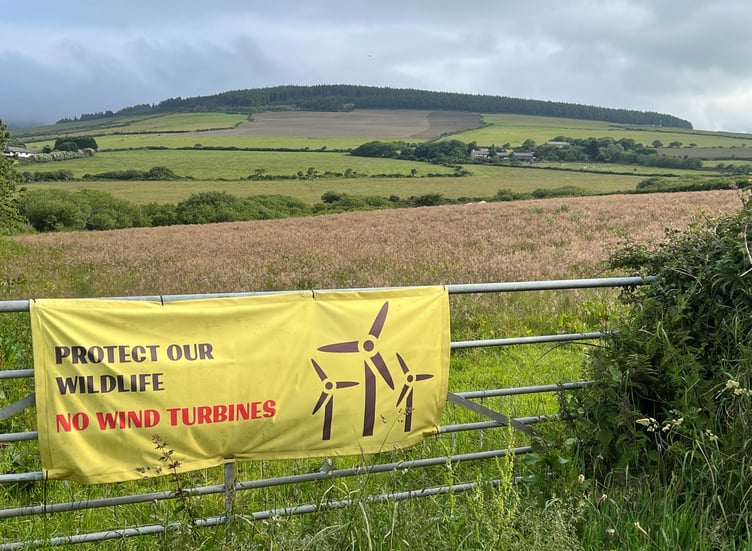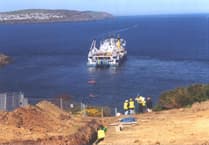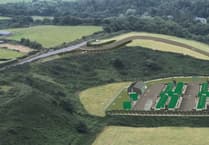Manx Utilities says its experts have used the best data available to calculate the potential output of the proposed windfarm at Earystane.
UK government figures suggest that the average load factor - which the government defines as the ‘proportion of maximum [energy] generation achieved’ - of onshore windfarm projects commissioned in 2023 is 45%.
But Manx Utilities has published an estimate of 64% for the potential load factor at its proposed Cair Vie windfarm at Earystane.
It says a 26.4MW windfarm there could produce a potential yield of 149GWh of renewable electricity per year - enough to supply more than a third of current electricity demand in the Isle of Man.
A spokesperson said: ‘Energy yield is the most important factor of any windfarm site in terms of performance and at this stage of the project, Manx Utilities believes the energy yield from a windfarm at Earystane would be very good.’
Manx Utilities says its calculations are based on site-specific information and on what it would consider to be a reasonable operating regime for the wind turbines if they were to be commissioned.
In the UK windfarms are subject to curtailment conditions - which means turbines are switched off when it is too windy and excess output does not match demand or grid capacity.
The costs of doing so - estimated at nearly £1bn last year - are passed onto consumers.
There is no such curtailment regime in the Isle of Man and this will have an effect on the energy yield anticipated from a windfarm at Earystane.
The UK’s Department for Energy Security & Net Zero (DESNZ) have calculated future average load factors - defined as expected annual output as a percentage of theoretical maximum output - using hourly wind speed data from existing windfarms.
It gives a projected load factor of 45% - net of availability - for 2023, increasing to 48% from 2030.
But a spokesman for Manx Utilities said: ‘We know from the data we’ve gathered to date that Earystane wind speeds are above average for an on-shore wind farm.’
As DESNZ’s figures show, load factors are modelled to increase with turbine size.
Larger turbines are expected to produce higher load factors because they can access higher winds due to their increased height.
A wind farm with fewer, larger turbines has increased efficiency.
The MU spokesperson said: ‘It should be noted that these UK figures do include curtailment and projects commissioned on sites with much lower wind speeds than those which have been demonstrably measured at Earystane.
‘It should also be noted that remote island windfarm projects (such as the Isle of Man or the Shetland Isles) have higher load factors than other inland onshore windfarms.
‘This is because of the higher average wind speeds and higher availability of wind resource.’
Technologies have also significantly improved since earlier windfarms were constructed.
Windfarm developers use a wind speed database called NOABL (Numerical Objective Analysis of Boundary Layer) which is the result of an air flow model that estimates the effect of topography on wind speed.
The MU spokesperson said: ‘The wind speeds which have been measured so far have been higher than the NOABL data set and higher yields would be anticipated than those quoted in the DESNZ report.
‘We have explained however that the project is at the development phase which includes data collection and analysis to validate or modify assumptions made in earlier phases of the project.
‘When all of the wind data is available for the site under consideration, the wind turbine design experts working for Manx Utilities will be able to use performance curves from viable turbine models to determine accurate energy yields for the site.’





Comments
This article has no comments yet. Be the first to leave a comment.